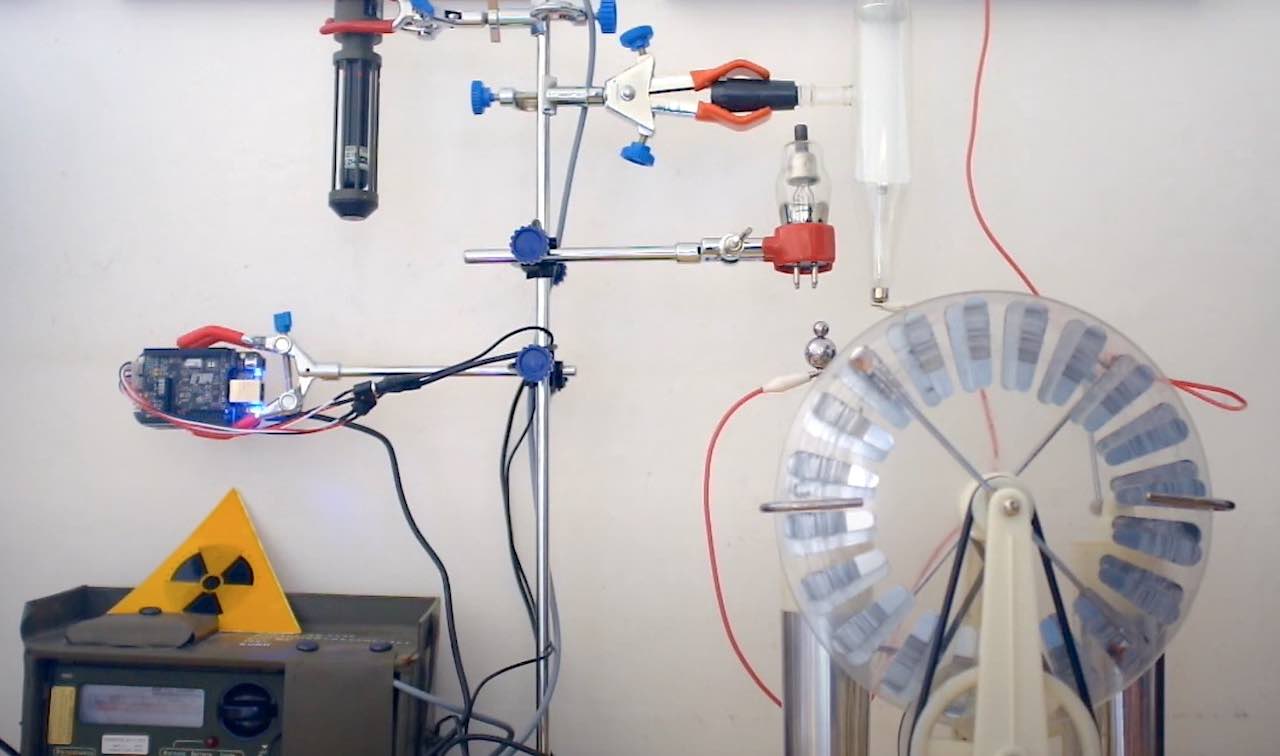Radiotone
Radiotone is an X-ray synthesiser which brings together Giorgio Sancristoforo’s fascination with radioactivity, scientific experimentation and the sonification of natural phenomena.
 Giorgio Sancristoforo is an artist and software developer who defines his work as following a sci-art aesthetic. His output is extensive and varied, from software recreations of machines that made up the Rai Studio di Fonologia (Italy’s Radiophonic Workshop in Milan which was established in 1955 as a place for exploring experimental electronic music in line with the GRM in Paris and WDR in Cologne), to synthesisers that use astrological data streams of the orbital patterns of the moons in our solar system to control the parameters of the instrument. We highly recommend having a deeper look at his work on his website but in this post our focus is on Radiotone. Taking inspiration from the discoveries of William Crookes and Wilhelm Röntgen, the Radiotone is a one-of-a-kind synthesiser that uses X-Rays to control and shape sound.
Giorgio Sancristoforo is an artist and software developer who defines his work as following a sci-art aesthetic. His output is extensive and varied, from software recreations of machines that made up the Rai Studio di Fonologia (Italy’s Radiophonic Workshop in Milan which was established in 1955 as a place for exploring experimental electronic music in line with the GRM in Paris and WDR in Cologne), to synthesisers that use astrological data streams of the orbital patterns of the moons in our solar system to control the parameters of the instrument. We highly recommend having a deeper look at his work on his website but in this post our focus is on Radiotone. Taking inspiration from the discoveries of William Crookes and Wilhelm Röntgen, the Radiotone is a one-of-a-kind synthesiser that uses X-Rays to control and shape sound.There are four core components to this instrument which can be seen in action in the above video: high voltage generation via a Wimshurst machine; x-ray generation via a Crookes’ tube; x-ray detection via a military-grade Geiger Counter; sound synthesis via Bela.